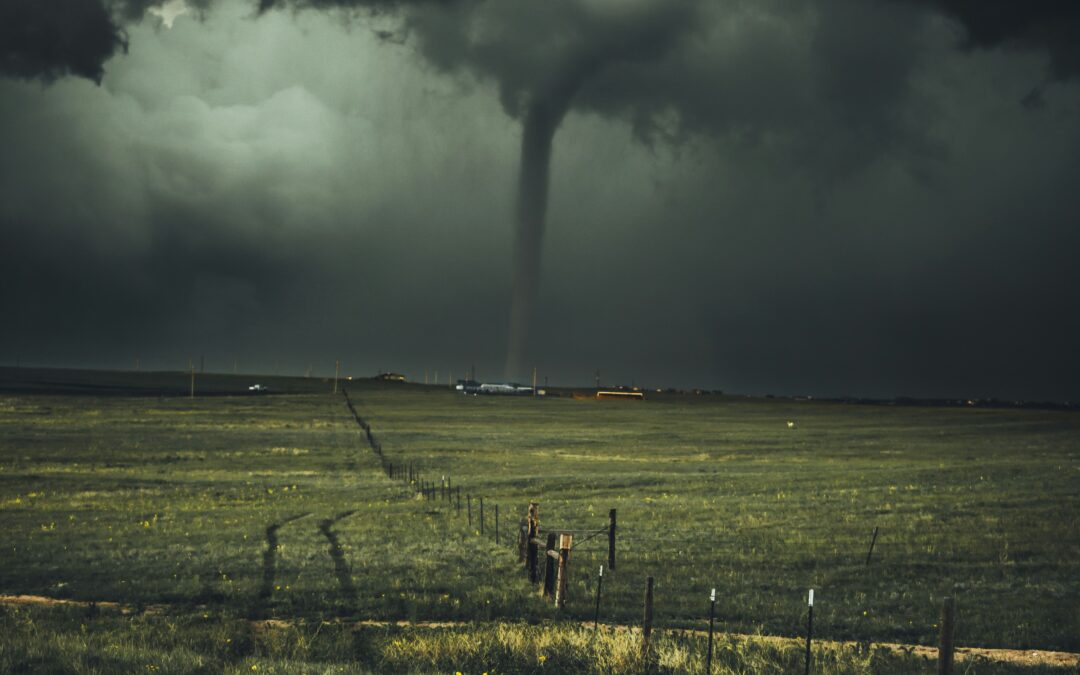 |
By: Faiza Tariq, Associate |
Introduction
In a recent decision[1] of the Ontario Superior Court of Justice (“ONSC”), the court interpreted a policy in which there was coverage for a “windstorm”. The policy excluded loss or damage resulting directly from “settling”. The term “windstorm” was not defined in the policy, so the court applied the ordinary dictionary definition of a “windstorm”. The parties each presented factual evidence relating to the cause of the loss. Ultimately, the court found that the plaintiff’s evidence was more thorough and persuasive and ruled that the cause of the loss was a “windstorm”, not “settling”.
Background
The insured, Gregory Hood, owned a seasonal cabin and hired Steve Brennan, a local resident, to assist with the cabin’s maintenance whenever Mr. Hood was away. On August 26, 2021, Mr. Brennan inspected the cabin in order to prepare it for Mr. Hood’s arrival the following week. During his inspection, Mr. Brennan looked underneath the cabin. He did not notice any settling or other issues with the cabin’s foundation.
On August 29, Mr. Brennan returned to the cabin, to discover it was damaged. He found that the cabin had fallen off its foundation. A few days earlier, other local residents reported high winds in the area, with one resident stating that she experienced a “micro tornado”. Mr. Hood reported his loss to his insurer, arguing that his cabin had been blown off its foundation by a “windstorm”. The insurer denied coverage, relying on an expert witness who argued that the cabin had fallen off its foundation as a result of the ground settling underneath the foundation.
Court’s Findings and Reasoning
The court found that the loss was covered because Mr. Hood had established that a windstorm had occurred and was the direct cause of the loss. The court accepted Mr. Hood’s theory, which was based on evidence from several local residents and weather reports. In coming to this conclusion, the court relied on the dictionary definition of “windstorm” to be “a storm with very strong wind but little or no rain or snow.”
Both parties tendered expert engineering evidence on the cause of the loss. The court preferred the evidence of Mr. Hood’s expert, who provided a detailed analysis on the effect that the wind had on the footings of the cabin. Mr. Hood’s expert also explained that the footings displacement evidence the insurer’s expert relied on to argue the loss was caused by the ground settling was in fact more consistent with a loss caused by wind. The wind likely caused the cabin to collapse, which in turn caused the footings to displace.
The court further noted that the insurer’s expert did not consider the evidence of wind damage as observed by the local residents. The insurer’s expert also did not inspect the cabin until 30 days after the incident, at which point wind damage in the area had been cleaned up.
Conclusion
The court preferred Mr. Hood’s theory of the case, because his evidence was more comprehensive. In addition to his own evidence, Mr. Hood provided affidavits of six local residents, including Mr. Brennan who was responsible for the maintenance of the cabin. He also tendered an expert report which considered all the affidavits and the local weather reports on the date of the loss. On the other hand, the insurer’s expert admitted that he did not consider any information provided by the local residents with respect to wind or damage. The case highlights just how important it is to not only collect all the evidence relevant to your case, but to also properly engage with other parties’ evidence, even if that evidence may be adverse to your position.
Footnotes
[1] Hood v Aviva, 2025 ONSC 1747.
Faiza Tariq is an associate at Theall Group LLP and is developing a broad commercial litigation practice. Prior to joining Theall Group LLP, Faiza articled at a prominent litigation boutique in downtown Toronto. During her articles, Faiza worked on a class action, cross-border IP litigation, employment law disputes, real estate litigation and commercial disputes, including assisting with a complex trial on the Commercial List. She also wrote an article entitled ‘Municipalities Do Not Owe a Duty of Care to Developers to Protect Their Economic Interest During Rezoning Application Process’ which was published in the Ontario Bar Association’s Real Property Law section.
Photo courtesy of Nicholas Noonan at Unsplash

